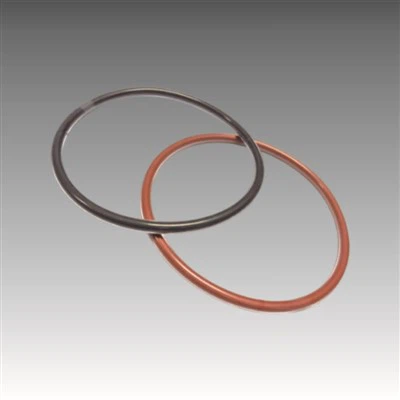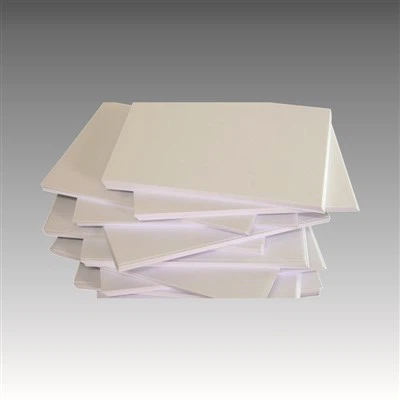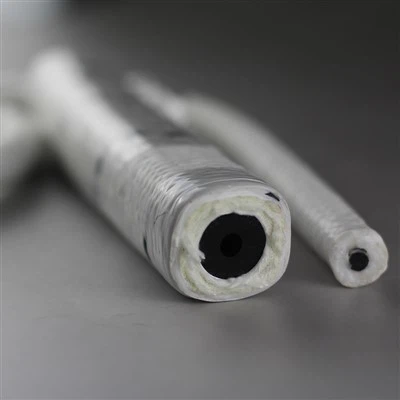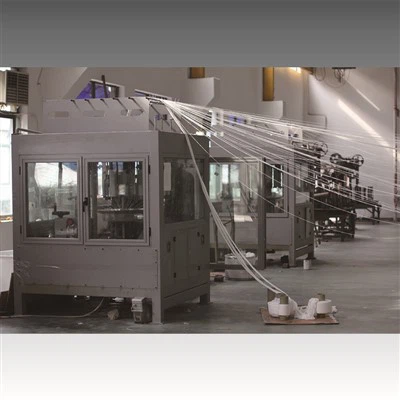The main heat insulation measures are as follows:
Blackout curtains and sunscreen curtains: Blackout curtains and sunscreen curtains are one of the most common heat insulation methods. They can block solar radiation and ultraviolet rays, open and close freely, and are suitable for use in all seasons. 1.
Bamboo mats or sunscreen nets: Bamboo mats have good heat insulation effects, good air permeability and water absorption, and can block ultraviolet rays and cool down. Although the sunscreen net is not as beautiful as blackout curtains, it is economical and easy to install, suitable for short-term use.
Glass film: Pasting heat insulation film on the glass of windows or sunrooms can absorb sunlight energy and block ultraviolet rays, and has a one-way perspective privacy effect.
Planting green plants: Planting green plants in sunrooms or roofs can not only block sunlight, but also decorate space and purify air. It is a natural and beautiful way of heat insulation.
Sprinkler system: Install a sprinkler system on the top of the sunroom to take away heat through water evaporation, but the cost is relatively high.
Reflective materials: such as aluminum foil and tin foil, which can reflect sunlight and reduce heat absorption.
Insulating paint: Apply insulating paint on the roof or the exterior of the sun room to reduce temperature by using its high reflectivity and low thermal conductivity.
Elevated layer and sunshade: Design an elevated layer on the roof, lay sunshade, and keep a certain distance to enhance the insulation effect.
Water storage insulation: Store water on the roof, use the large specific heat capacity of water and the characteristics of evaporation and heat absorption to reduce temperature, but ensure that waterproof measures are in place.
Filling ceramsite: Fill the roof with ceramsite, use its porous structure to absorb heat and waterproof and moisture-proof.
These methods can be selected according to specific needs and budget to achieve the best insulation effect.






